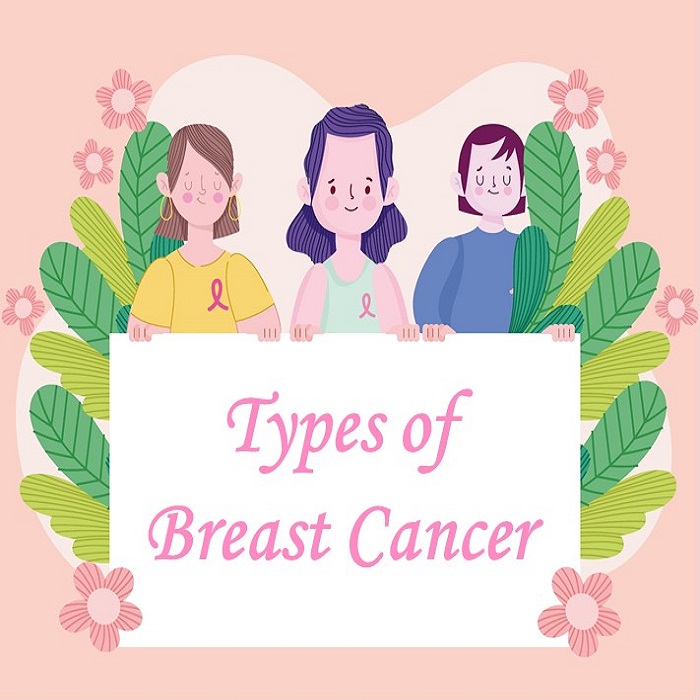Phone Appointment
[smartblock id=45]WhatsApp Appointment
[smartblock id=46]November 2021

There are many types of breast cancers, and correctly identifying each one is important to determine the proper treatment. Breast cancer can be classified by the stage of cancer at diagnosis, how the cancer cells look under the microscope (histology) and their biological characteristics (receptor status).
Staging
The most common and useful staging system for most types of cancer is the TNM system.
In TNM staging,
T describes the size and extent of the main (primary) tumour;
N indicates whether the cancer has spread to the nearby lymph nodes;
while M tells us whether the cancer has spread (metastasized) to other parts of the body.
Information from the TNM categories is then combined to get the overall stage. In general, the stages represent:
• Stage 0 – Cancer that has not yet become invasive (i.e. carcinoma-in-situ). Patients at Stage 0 have excellent prognosis and can often be cured with just surgery alone
• Stage 1 – Almost always a small tumour that is confined to the organ
• Stage 2 – Usually a bigger localised tumour, sometimes with limited involvement of nearby lymph nodes
• Stage 3 – A much larger tumour with more extensive involvement of either the adjacent tissue or lymph nodes, but with no evidence of spread to other parts of the body
• Stage 4 – Cancer that has spread to distant parts of the body
Histology
While all breast cancers start in the breast, they differ in other ways. They can be non-invasive or invasive. Tumour cells can vary in location (milk ducts or lobules) and how they look under a microscope (histology). These differences often affect prognosis.
Common types
• Ductal carcinoma in situ. Ductal carcinoma in situ (DCIS) is a non-invasive condition. With DCIS, the cancer cells are confined to the ducts in your breast and haven’t invaded the surrounding breast tissue.
• Lobular carcinoma in situ. Lobular carcinoma in situ (LCIS) is cancer that grows in the milk-producing glands of your breast. Like DCIS, the cancer cells haven’t invaded the surrounding tissue.
• Invasive ductal carcinoma. Invasive ductal carcinoma (IDC) is the most common type of breast cancer. This type of breast cancer begins in your breast’s milk ducts and then invades nearby tissue in the breast. Once the breast cancer has spread to the tissue outside your milk ducts, it can begin to spread to other nearby organs and tissue.
• Invasive lobular carcinoma. Invasive lobular carcinoma (ILC) first develops in your breast’s lobules and has invaded nearby tissue.
Less common types
Medullary breast cancer, mucinous breast cancer, tubular breast cancer and malignant phyllodes tumours are rare types of breast cancer.
Receptor Status
Breast cancers also have different biological characteristics. They are differentiated by the presence of special receptors on the surface of the cancer cells, such as the:
• Oestrogen receptor (ER)
• Progesterone receptor (PR)
• Human Epidermal Growth Factor 2 (HER2) receptor
This is associated with the aggressiveness of the cancer and affects the prognosis of the patient. More importantly, there are drugs to target these changes, and hence directed treatment for them will improve the outcome.
